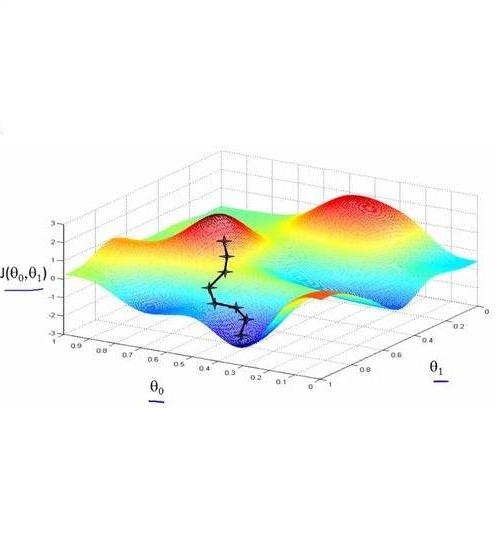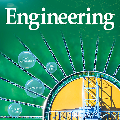We describe a stacked model for predicting the cumulative fluid production for an oil well with a multistage-fracture completion based on a combination of Ridge Regression and CatBoost algorithms. The model is developed based on an extended digital field data base of reservoir, well and fracturing design parameters. The database now includes more than 5000 wells from 23 oilfields of Western Siberia (Russia), with 6687 fracturing operations in total. Starting with 387 parameters characterizing each well, including construction, reservoir properties, fracturing design features and production, we end up with 38 key parameters used as input features for each well in the model training process. The model demonstrates physically explainable dependencies plots of the target on the design parameters (number of stages, proppant mass, average and final proppant concentrations and fluid rate). We developed a set of methods including those based on the use of Euclidean distance and clustering techniques to perform similar (offset) wells search, which is useful for a field engineer to analyze earlier fracturing treatments on similar wells. These approaches are also adapted for obtaining the optimization parameters boundaries for the particular pilot well, as part of the field testing campaign of the methodology. An inverse problem (selecting an optimum set of fracturing design parameters to maximize production) is formulated as optimizing a high dimensional black box approximation function constrained by boundaries and solved with four different optimization methods: surrogate-based optimization, sequential least squares programming, particle swarm optimization and differential evolution. A recommendation system containing all the above methods is designed to advise a production stimulation engineer on an optimized fracturing design.
翻译:我们描述一个堆叠式模型,用来预测油井的累积流体生产,并配有多阶段裂变,其基础是脊背和Catboost算法,模型是根据储油层、井和碎裂设计参数的扩大数字实地数据库开发的。数据库现在包括来自西西伯利亚(俄罗斯)23个油田的5000多口井,共有6 687个碎裂作业。从387个参数开始,每个井的特性包括建筑、储油层特性、碎裂设计特点和生产,我们最后在模型培训过程中以38个关键参数作为每一井的输入特征。模型展示了目标在设计参数(阶段数、支持面质量、平均和最后支持层浓度和流速率)上的可实际解释的可靠图案。我们开发了一套方法,包括利用Euclideidean距离和集成技术进行类似的(设价)井的搜索。所有实地工程师都可用于分析类似油井的早期折变精度处理。这些方法也是在最优化的优化生产参数上采用最差的模型,这些方法是用来在最优化的实地设计设计设计、最精确的实地测试中, 一种固定的模型的模型,这些方法是用来测试一个固定的固定的固定的,用来测量。




